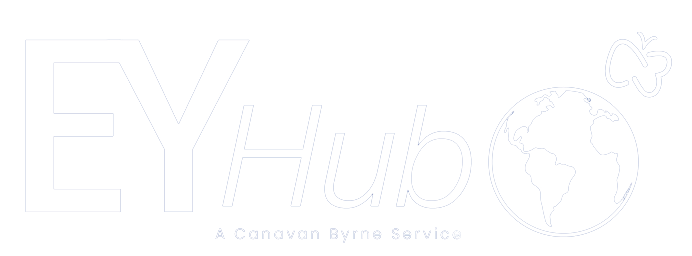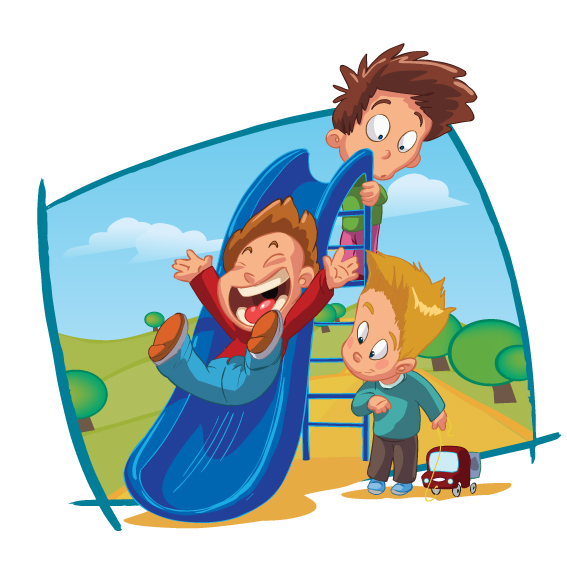According to Tusla, ‘A Child Safeguarding Statement is a written statement that specifies the service being provided and the principles and procedures to be observed in order to ensure, as far as practicable, that a child availing of the service is safe from harm. It should set out any potential risk of “harm” to a child that you have identified in your risk assessment, and procedures in place to reduce the identified risks, as specified in section 11 (3) of the Children First Act 2015.’ Under the Children First Act 2015, services must first undertake a risk assessment before they develop a Child Safeguarding Statement.
The risk assessment in this context refers to the risk of abuse and not general health and safety risk. Risks can include; risk of harm bullying (inc. cyber bullying) a child by a member of staff/volunteer/peer, risk of sexual abuse of a child by a member of staff/volunteer, risk of physical/psychological/emotional harm of a child by a member of staff/volunteer, risk of harm from an unathorised visitor/contractor, risk of a lost child, accidents caused by neglect and medical neglect.
The risk assessment is carried out by services to examine all aspects of its service from a safeguarding perspective in order to:
- Identify any potential risks to children
- Establish policies and procedures to minimise risks
- Ensure appropriate precautions have been taken to eliminate or reduce these risks
Once the risk assessment has been carried out, services are required to develop a Child Safeguarding Statement. A Child Safeguarding Statement should outline the policies and procedures that are in place to manage any risks that have been identified in the Risk assessment that has been carried out. The Child Safeguarding Statement aims to complement your full Child Safeguarding Policy and Procedures and should be reviewed every 24 months (or as soon as practicable after there has been a material change in any matter to which the statement refers). The Child Safeguarding Statement must be displayed publicly and made available to parents and guardians, Tusla and members of the public upon request.
The Child Safeguarding Policy outlines the principles and procedures that your service has in place to safeguard children from harm. As part of a Child Safeguarding Policy you should appoint a Designated Liaison Person (DLP) for dealing with any child protection concerns as well as a Deputy Liaison Person (in the event of absence from the DLP). The appointed staff members should undertake the new Child First E-Learning Training Programme that was developed by Tusla, HSE and DCYA. The certificates of completion should be displayed in your Service. The DLP and the DLP should keep up to date with any new training that becomes available and update information and advice on child protection, safeguarding and training within the Service.
The Child Safeguarding Policy should be communicated to parents and guardians and all relevant staff members should receive training on the policy so that they clearly understand their roles and responsibilities in relation to the policy. You can now purchase the new Child Safeguarding Pack updated September 2020 which now includes an 18 page Child Safeguarding Statement as well as a comprehensive 55 page Policy and Procedures document. Both documents are provided as Word documents in a downloadable version so that they can immediately be edited for the specific circumstances of your own service. Canavan Byrne has provided guidelines throughout to make it clear where you will need to make edits!




